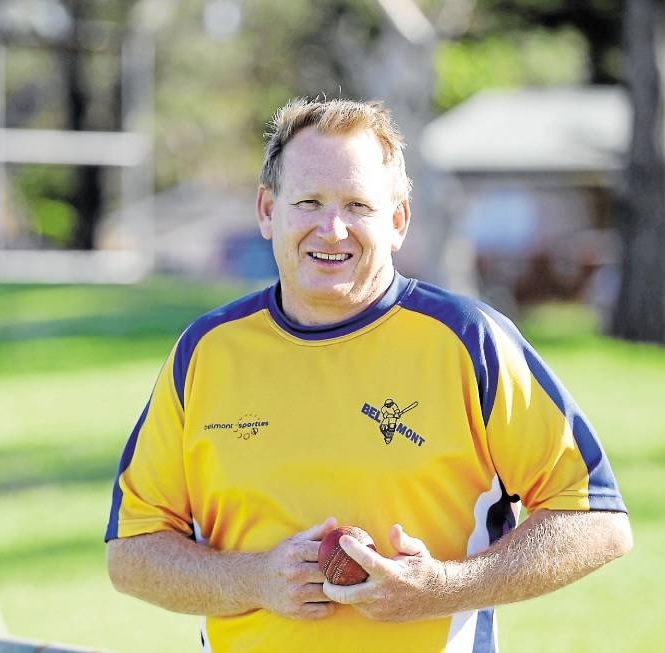
0 Followers
My son is 15 and bowls off spin and we’d like to ask about the difference between bowling overspin or side spin. He bowls more side spin now but as he gets taller the coaches are saying he needs to bowl more overspin.
Can you help about the benefits of both?
Partner Sponsors
Responses
I am an ex left arm orthodox bowler (75 yo). I was lucky enough to play 20 years of grade cricket in Sydney- half of that in 1st Grade. Your son should concentrate on perfecting bowling side spin. That is your stock ball. Learn to perfect it bowling over and round the wicket with variations in pace, close to the stumps and wider out. It is the ball you bowl probably 90% of the time. Bowling over or top spin is something he will need as variation as well as an arm ball as he progresses. However side spin should be his stock ball. When I was first selected in 1st Grade I could only bowl side spin but could bowl it very well with variations in pace and angle of delivery. Hope this helps.
Hi Michael, a lot of the narrative is generated by considering what happens in international cricket. We need to consider the local conditions of course, but the connection is usually made as all aspiring young bowlers have eyes to representing Australia.
We can simplify this by considering what angle the seam is presented at as the ball moves towards the batter. If we say pure sidespin is 90 degrees and pure top spin is 0 degress, then it is generally accepted in Australian conditions (i.e., bouncier but less turning wickets), the general guide is to aim for 45 degrees. 45 degrees gives you the opportunity to impart spin on the ball that can allow the ball to drift or move through the air as well as the top spinning element contributing to what is called drop and then bounce. It also creates the opportunity for some sideways movement.
In sub-continent conditions they tend to aim for a bigger angle towards 90 degrees because the wickets don't usually have the same element of bounce. The 90 degrees seam angle reduces top spin and bounce but increases the variation of the ball moving sideways meaning it is less predictable for the batter. Some deliveries turn sideways a lot while others (if the bowler is clever hit the leather part of the ball) don't deviate at all.
This allows the spinner to aim to beat both sides of the bat, making them difficult to face.
Rangana Herath the Sri Lankan left arm off spinner took 433 test wickets bowling side spinners but many of his wickets were the ball that went straight on for bowled or LBW. Nathan Lyon on the other hand has been successful employing a lot of top spin as part of his bowling - generating wickets in a variety of ways by getting the batter to miss read the flight and bounce of the ball resulting in a false shot.
Keep investigating and listening.
Great question Michael.
Many parts and depths to this……….including a whole physics lesson…
Basic parts to spin bowling.
1 – Speed
2 – Flight
3 – Drift
4 – Dip
5 – Side spin
Firstly, sideways spin looks great, but good batsman can play this from the crease….and is subjective to pitch conditions.
The art of being able to deceive a batsman usually come from the flight of the ball, drift and dip (over spin) a bowler is able to get.
Flight – is subject to the pace you bowl individual balls, subtle variations in pace and flight trajectory.
Drift and Dip – comes from the number of revolutions a spin bowler is able to get on the ball. (this is a physics lesson on seam position and positive and negative air pressure) Can also be affected by weather conditions.
This is a great weapon for a spin bowler, as he or she is trying to deceive the batsman with poor footwork and head position.
The side spin and bounce are subject to the pitch conditions.
Teaching young bowlers to get their run up and delivery strid rhythmic and a stock ball right should be the main objective, as natural variations will happen.
Lots more to comment on, including ball pitching lengths and wind directions.
Overspin requires good technique getting over the front leg at the point if delivery, generally a more vertical bowling arm and feeling as if the index finger is rolling over the top of the ball at release. The benefits are more dip and drift which will deceive the batsman, and therefore will give you a larger target area. The other benefit is generative more bounce which will help on Australian wickets in general as well.
Side spin release
Side spin is known as barrel spin bowler grip the seam in the fingers while one side of the ball is facing the batsman, As that ball is delivered, the fingers rotate and that ball spins sideways along the seam This will give some turn off the pitch and it will also drift in the air so the batsman can be deceived and make mistakes this side spin will turn extra from right to left in spinner friendly wicket so he has learn how to bowl the ball on turning wickets also
Love these answers... a quick thought I would like to add on...
I would urge you to develop over spin on the ball. My primary reason is...
If you can apply over spin to the ball, to bowl with side spin is easy. ie you will then be able to master through practice how much spin you can place on the ball.
Those bowler who focus on side spin, struggle, and at times can't bowl with over spin. I agree with all the comments above on the pace and bounce of the wicket etc. If you have the skill you can choose how to use it... if you don't have the skill then you only have one option really from a spinning point of view. You can always also change pace, angle etc. My comment is more geared towards the spinning of the ball.













